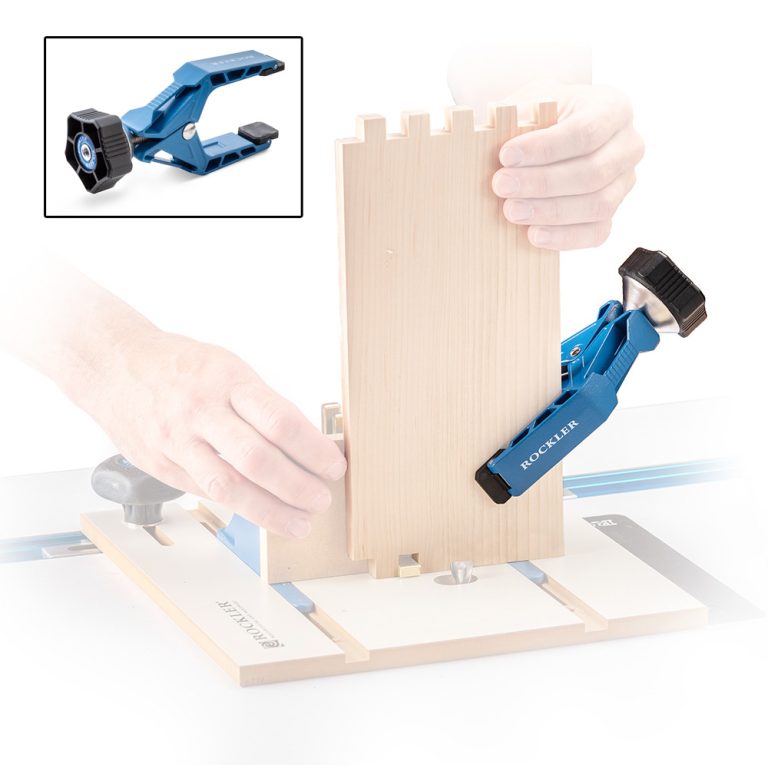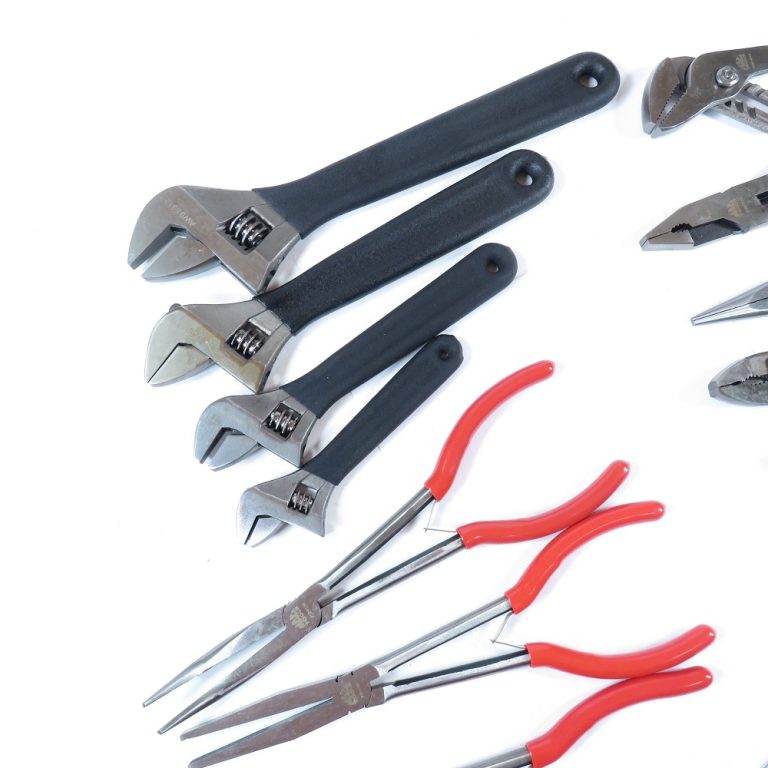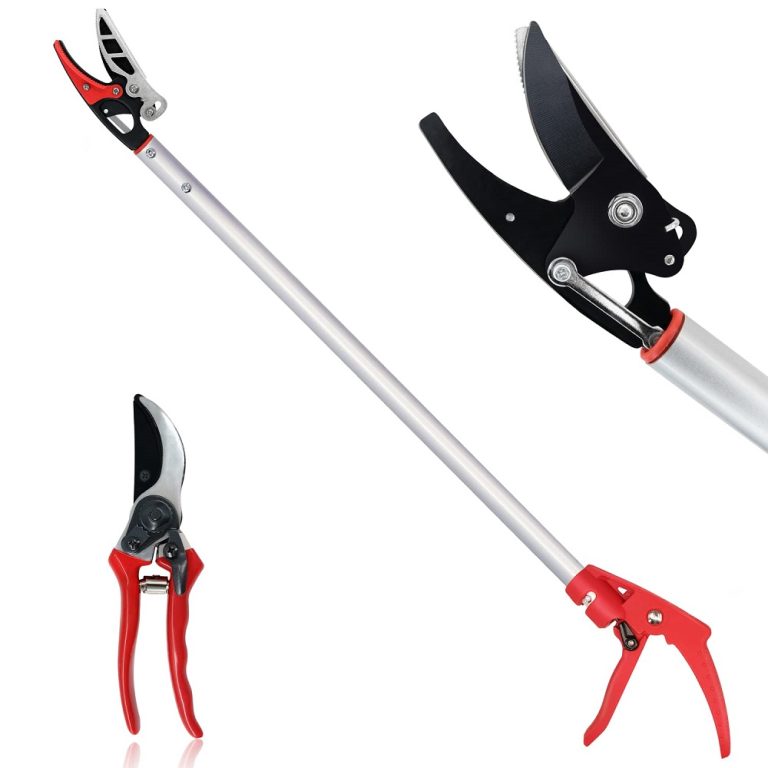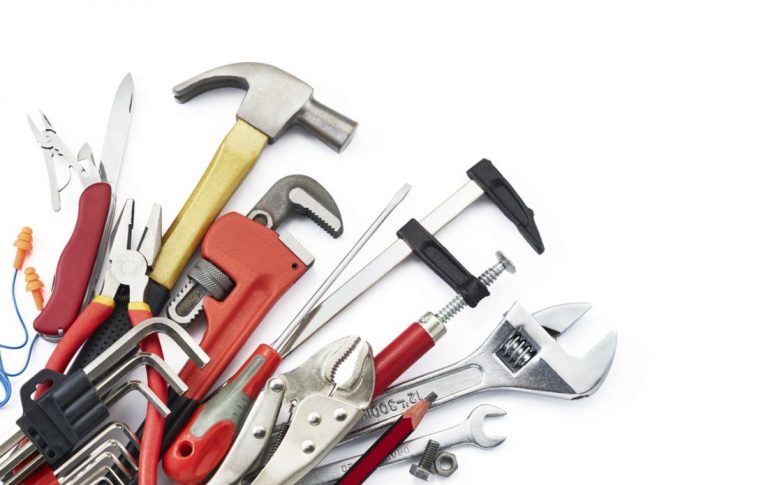Breaking Concrete Effectively with Hand Tools
Need to demolish concrete but lack heavy equipment? Hand tools provide a viable solution. While labor-intensive, they enable controlled concrete removal. Properly utilizing hand tools prevents hazardous concrete kickbacks too. With the right techniques and safety gear, tackling concrete proves manageable. How to break concrete with hand tools?This guide covers breaking concrete chunks using hand tools successfully.
Assessing the Concrete Situation
Before starting any concrete demolition, inspect the site thoroughly. Determine the concrete’s approximate thickness, composition and reinforcement. Identify ways to create openings for striking tool access too. Having a clear plan prevents work stoppages later on. It also exposes potential issues like embedded utilities early.
Mandatory Personal Protective Equipment
Breaking concrete generates considerable debris and hazards. Always wear complete personal protective equipment (PPE) to stay safe. How to break concrete with hand tools?This includes an ANSI-rated hard hat, safety goggles, steel-toe boots and work gloves. Consider wearing knee pads too for prolonged kneeling positions. Ear plugs reduce harmful noise exposure as well.
Useful Hand Tools for Concrete Demolition
Numerous hand tools assist with concrete removal jobs. Essential tools include sledgehammers, chipping hammers, hand chisels and pry bars. Other beneficial options include hand drills, masonry wedges and concrete nail punches too. Begin with lighter tools and graduate to larger pry bars as openings form.
Smart Work Area Setup
How to break concrete with hand tools?Before swinging any tools, secure the concrete work area properly. Barricade surroundings with caution tape or physical barriers. Set up protective surfaces like tarps or plywood too. Have receptacles available for collecting debris regularly. Situate all needed tools nearby but outside hazardous swing paths.
Strategies for Creating Initial Openings
To initiate the demolition, locate concrete seams or edges first. Use a cold chisel and hand sledge to carefully undercut the concrete. Work in from sides using angled chipping techniques. Once openings form, focus strikes downward into gaps. This incrementally chips and separates the material.
Applying Correct Striking Techniques
To maximize energy transfer, deliver forceful strikes in one smooth, direct motion. Raise sledgehammers fully overhead for maximum impact force. Maintain approximately 45-60 degree striking angles against concrete faces. Utilize a “pounding and peeling” technique to chunk away successive layers. Never strike in an overhead raising motion which risks injury.
Incorporating Hoisting and Pry Tools
As openings expand, incorporate pry bars and hoisting tools next. Slide pry bar tips under exposed concrete edges. Apply steady pressure to pop up sections once loosened. Use lever leverage by moving weight down on pry bars too. Concrete nail punches split and separate pieces as well when struck.
Addressing Reinforced Concrete Carefully
Encounter reinforced concrete? Proceed with extreme caution here. Utilize rotary hammer drills to cut or remove metal rebar sections. Then follow standard techniques for un-reinforced areas revealed. Never attempt striking reinforcement aggressively which can shatter tools dangerously.
Adjusting Strategies for Vertical Demolition
For vertical concrete surfaces like walls, adjust approach angles accordingly. Focus strikes slightly downward yet perpendicular to faces. Position pry bar tips at lower seams too, prying debris down and out. Monitor for unstable sections that could shift or collapse unexpectedly. Always work below waist level and retreat when material separates.
Safe Setup for Capturing Falling Debris
On vertical demolition, always prepare for falling debris capture properly. Lay thick plywood sheeting below to deflect chunks outward. Build outward-angled containment sidewalls using wood sheeting also. This deflects broken concrete into pre-determined debris zones only. Never work above unprotected surfaces or openings.

Rotating Tools to Avoid Overexertion
Concrete demolition proves an extremely fatiguing activity. Frequently rotate between different hand tools like hammers and chippers. This reduces strain on particular muscle groups by varying motions. Stay hydrated throughout and take periodic stretch breaks too. Proper tool rotation maximizes stamina.
Handling and Disposing of Concrete Debris
As demolition progresses, regularly clear away concrete debris to avoid hazards. Use shovels and wheelbarrows to contain and transport chunks safely. Wear cut-resistant gloves when handling pieces directly too. Check with local municipalities regarding proper disposal methods for concrete waste as well.
When to Rent or Use Heavy Equipment
Extensive concrete demolition jobs demand heavy equipment eventually. Hire compact demolition robots or rent jackhammers for large areas. Consider contracting skid steers with hydraulic breaker attachments too. Attempting whole projects with hand tools alone proves unrealistic for efficiency.
The Advantages of Hand Tool Demolition
While labor-intensive, hand tool concrete removal provides valuable benefits. It enables selective, surgical demolition with minimal surrounding damage. Smaller tools readily access compact spaces inaccessible to machinery. And they prove much more cost-effective for minor demolition work too.
Potential Demolition Business Opportunities
Skilled hand tool concrete demolition represents a competitive business opportunity. Many homeowners prefer minimally-disruptive interior demolition approaches. This preserves their homes’ structures and finishes better. Market this specialty service for bathroom remodels, basement renovations and more.
General Concrete Demolition Safety Reminders
Throughout any concrete demolition project:
- Never compromise on PPE
- Stay alert for embedded objects like utilities
- Hydrate frequently to offset physical exertion
- Clear debris continually – it creates new trip hazards
- Terminate unsafe conditions that develop immediately
With proper tools, techniques and protective measures, hand tool concrete demolition proves achievable carefully.

Conclusion
Breaking concrete with hand tools requires patience, precision, and the right techniques. While it may be a labor-intensive process, it is possible to achieve success with the proper tools and methodology. Using tools such as a sledgehammer, chisel, and pry bar can effectively break concrete into manageable pieces. It’s essential to wear appropriate protective gear, including safety goggles, gloves, and sturdy footwear, to guard against potential hazards. Additionally, taking breaks and using proper lifting techniques can help prevent strain and injury during the process.
Throughout the process, it’s crucial to prioritize safety and take necessary precautions to avoid accidents. As the work progresses, it’s important to remain focused and adapt techniques as needed based on the concrete’s response. Working methodically and patiently can yield successful results while minimizing the risk of injury.
Breaking concrete with hand tools can be physically demanding, and it’s essential to listen to your body and take breaks as needed. By adhering to proper safety practices, using the right tools, and approaching the task with a methodical mindset, individuals can effectively break concrete with hand tools and accomplish their project goals.











+ There are no comments
Add yours